
Côte des Blancs
The Glittering Heart of Chardonnay
TRAVEL AND WINE
8/22/20254 min read
There are places in the world where wine transcends mere pleasure and becomes an art of refinement. The Côte des Blancs, that shimmering ribbon of chalky slopes in the southern heart of Champagne, is one such place. Here, Chardonnay reigns supreme, shaping wines of dazzling precision and elegance. For the traveller in search of luxury, it is not simply about tasting Champagne—it is about inhabiting the world from which it springs.
Imagine driving along narrow lanes lined with vineyards, the morning light casting a silvery sheen over the limestone soils. In the Grand Cru villages of Avize, Le Mesnil-sur-Oger and Cramant, time seems suspended. You walk into discreet cellars carved deep into chalk, where bottles rest in silence, waiting decades to reveal their brilliance. Every moment feels curated for intimacy, rarity, and wonder.
Champagnes of Cult and Legend
To stand in the cellars of a house such as Salon is to encounter myth in liquid form. Produced only in exceptional vintages, their blanc de blancs is revered as the pinnacle of Chardonnay’s expression in Champagne—precise, long-lived, and destined for the most discerning palates. Nearby, Pierre Péters and Jacques Selosse exemplify another facet of luxury: small, artisanal grower-producers crafting Champagnes that combine family heritage with daring innovation. These are wines not found on every shelf, but rather discovered through connections, travel, and trust.
Private appointments here are worlds away from the bustling houses of Reims or Épernay. Tastings are conducted in intimate salons, sometimes hosted by members of the family themselves. Each glass is an initiation, each story a window into the centuries of knowledge distilled into a single cuvée.
The Grand Cru Villages
The Côte des Blancs is defined by its terroir: chalky soils that gift Chardonnay an ethereal minerality. Villages like Le Mesnil-sur-Oger and Avize have become legendary, producing blanc de blancs Champagnes of incomparable finesse. In Cramant, wines gleam with a crystalline purity, while Oger is known for a richer, creamier expression. For connoisseurs, these names resonate like a secret code—whispered among collectors, revealed only in hushed conversations at exclusive tastings.
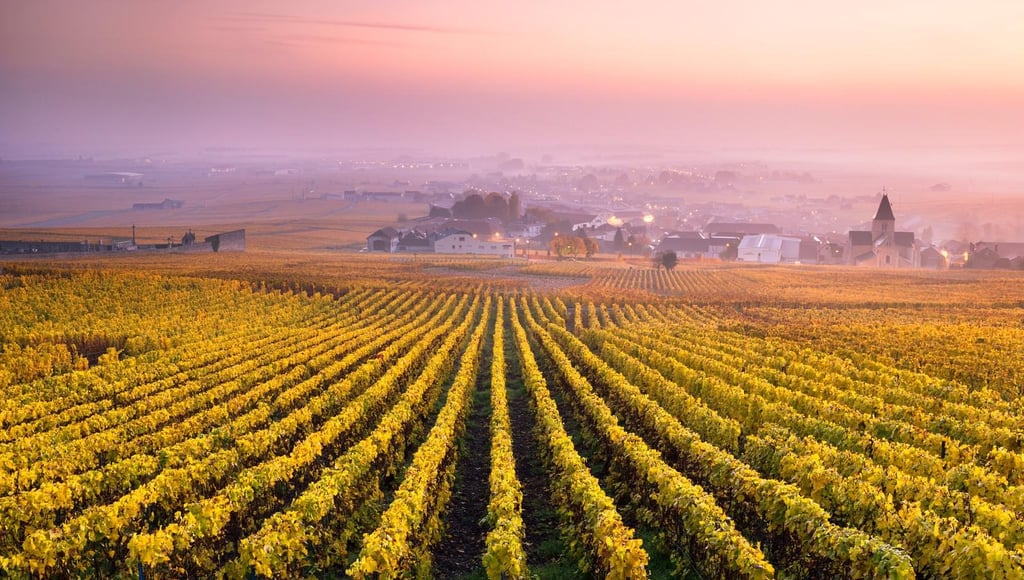

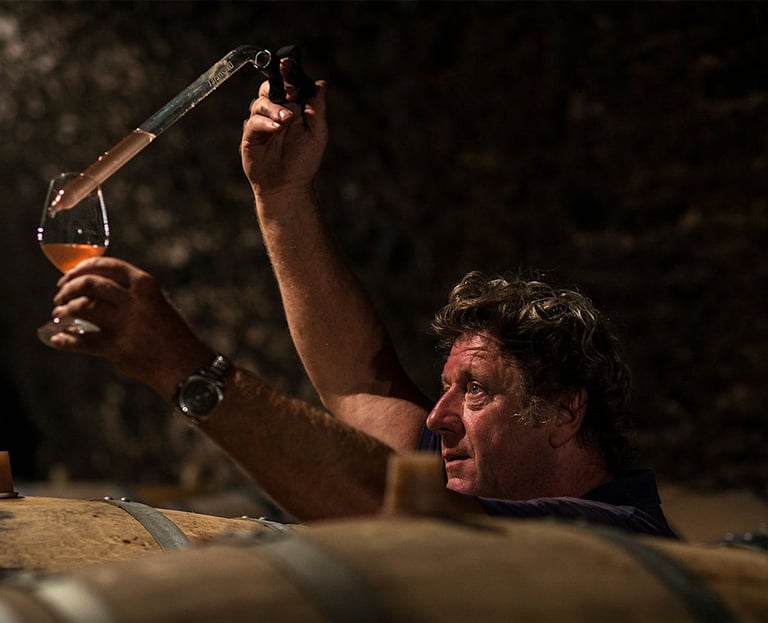

Living the Champagne Art de Vivre
Luxury in the Côte des Blancs is not ostentatious—it is refined, almost understated. It is found in a flute of blanc de blancs paired with oysters fresh from the coast, or in a caviar-topped amuse-bouche served in a sunlit salon overlooking vines. It is the silence of chalk cellars, the slow pouring of a vintage magnum, the sparkle of crystal glass catching the candlelight.
Accommodation mirrors this elegance. Stay at Château de Sacy, where modern design meets historic charm, or indulge in a Relais & Châteaux retreat, where suites overlook endless vineyards. Here, wellness rituals are inspired by the grape: vinotherapy treatments, vineyard yoga at sunrise, or simply a glass enjoyed in the stillness of a private terrace.
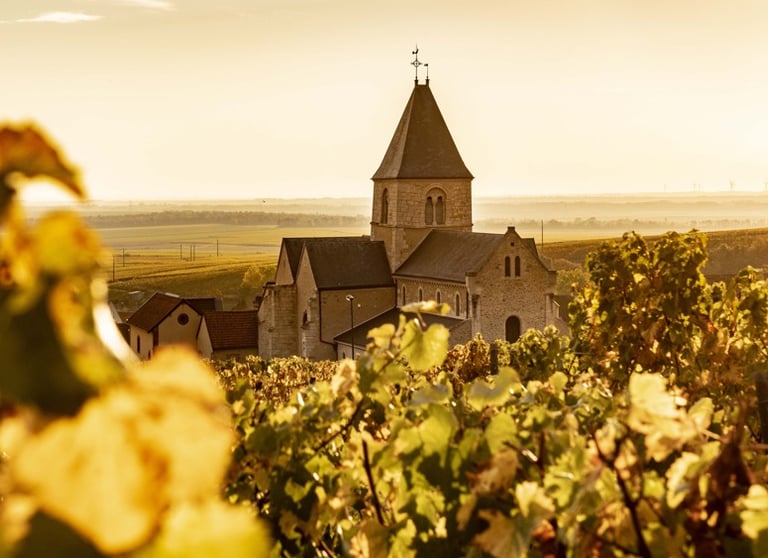

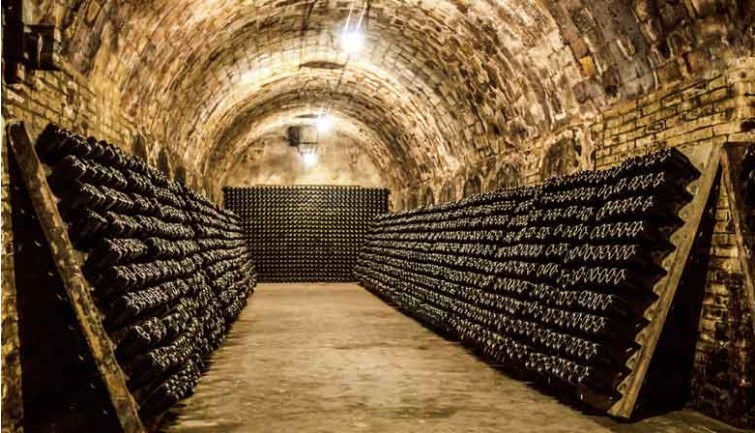

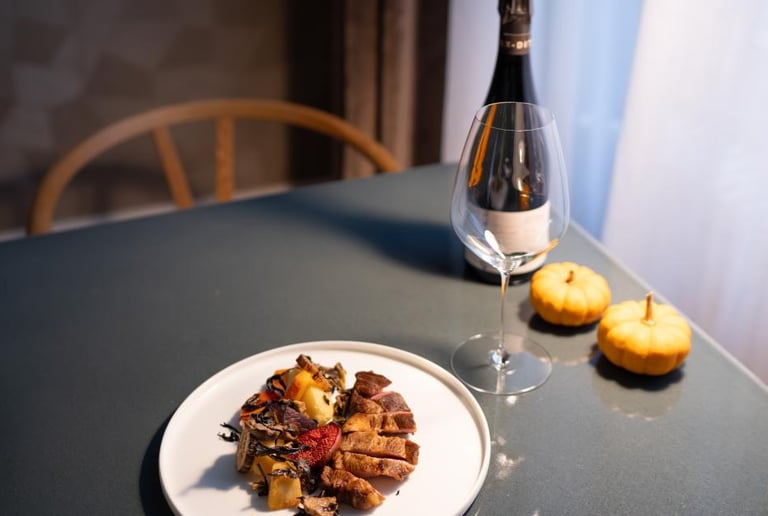

Journeys Beyond the Glass
The Côte des Blancs is a perfect canvas for curated experiences. Helicopter transfers offer sweeping views of the chalk terraces, landing directly at winery estates. Private dining in a vaulted cellar, menus crafted by Michelin-starred chefs, and vertical tastings of rare vintages elevate the journey from memorable to unforgettable.
For those who seek both culture and indulgence, a short drive leads to Épernay, where the Avenue de Champagne gleams with history. But the true luxury is in returning to the quieter Côte des Blancs, where the rhythm of life slows, and every sip connects you with the landscape itself.
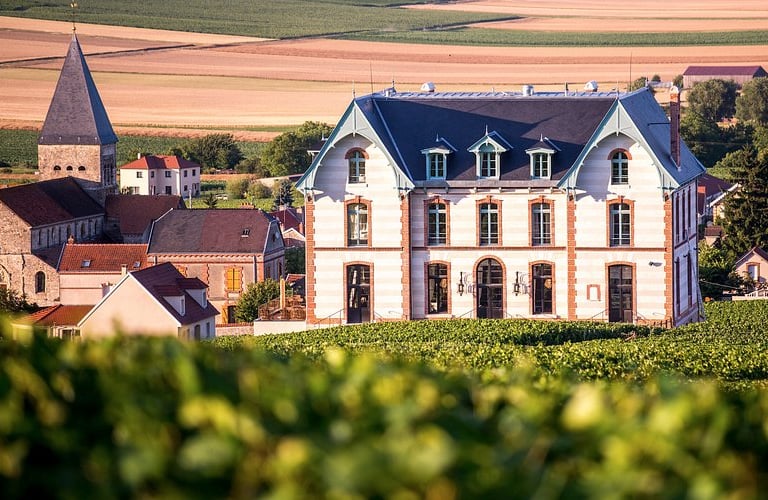

A Sparkling Memory
To travel here is to learn that Champagne is not just a drink of celebration—it is a way of life. In the Côte des Blancs, luxury does not shout; it whispers. It is a discreet smile from the winemaker as he pours a vintage reserved for very few. It is the stillness before the cork is released, the delicate foam rising in a crystal flute. It is the moment you realise that these wines, these landscapes, are not simply to be consumed, but to be lived.
So when you next raise a glass of Champagne, remember the chalk under your feet, the quiet of the cellars, the Grand Cru villages where it all begins. And perhaps, let it be not just a toast, but an invitation—to return.

